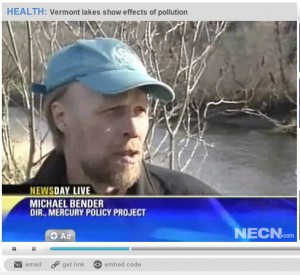Today, a Japanese official proposed that the treaty be signed in Minamata, as their Prime Minister proposed earlier. Takeshi Yasuma, of Citizens Against Chemicals Pollution, responded, outlining steps and then concluding that the best way to show respect for Minimata is “…by substantial actions for a strong global treaty that eliminates all human sources of mercury.”
June 10 Update- As the INC proceeds, NGOs provided statements on several more topics, including: awareness raising; coal fired power plants and mercury supply issues.
June 9 Update- NGOs made a number of interventions, including ZMWG opening statement; ZMWG-IPEN statement on the treaty framework and waste issues (in response to a Basel Convention document); compliance; monitoring; storage; and mercury reduction in products, processes and ASGM.
June 7 Update- As negotiations start, a global NGO coalition today called on governments to curb mercury pollution worldwide. A ZMWG Exhibition provided information on mercury and our position papers.
June 6 Update- UNEP held a briefing on mercury issues and a WHO-HCWH report was presented on reducing mercury in health care. In the afternoon, the ZMWG organised an NGO training on how to use a LUMEX.
June 3 – The first Intergovernmental Negotiating Committee (INC) begins negotiating a mercury treaty next week, funded by the Nordic Council and discussed on YouTube. ZMWG prepared partial concept treaty text, a treaty framework, an ASGM thought starter, and observations on UNEP documents.

